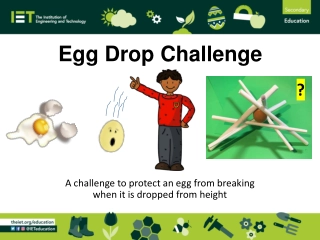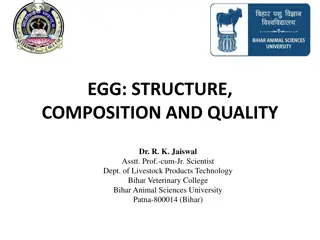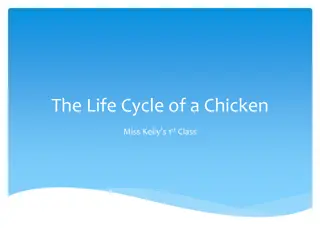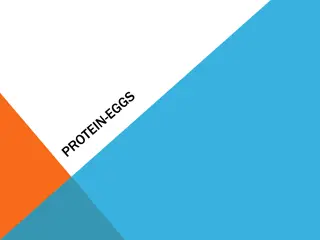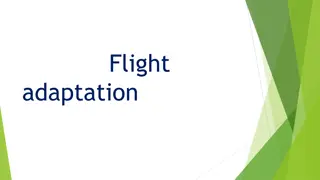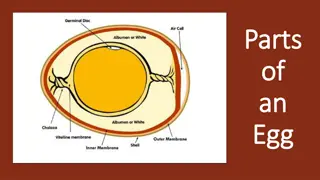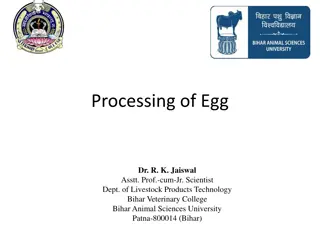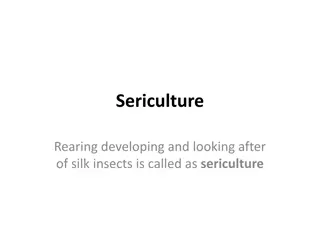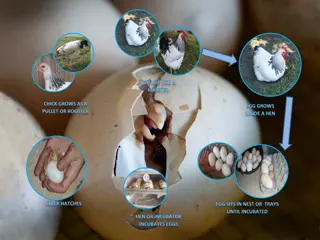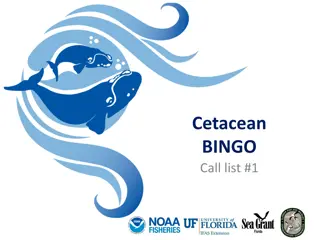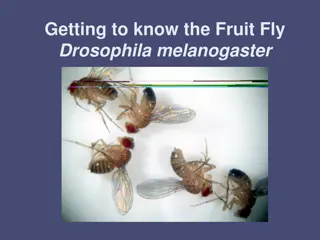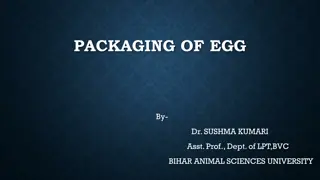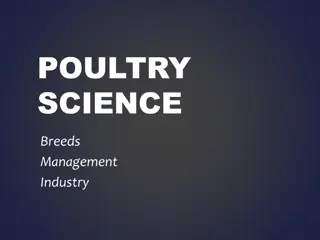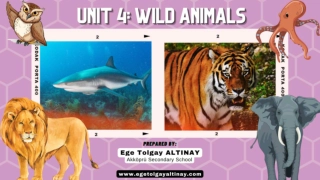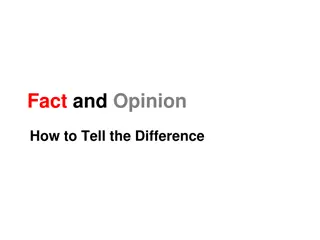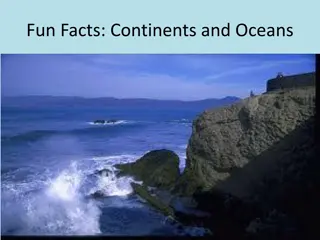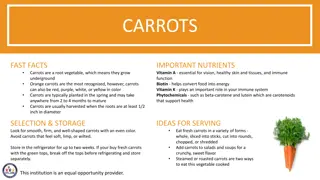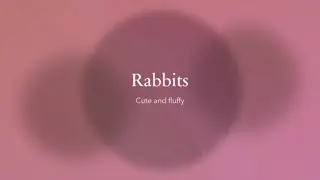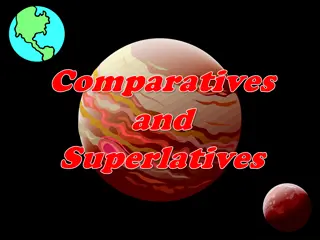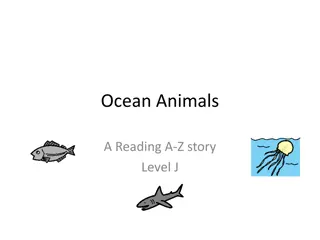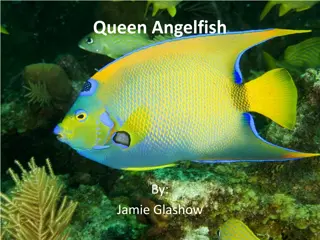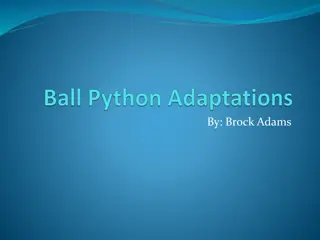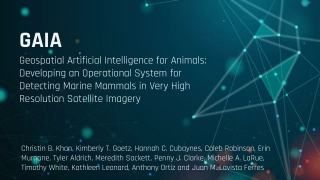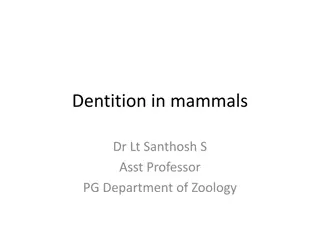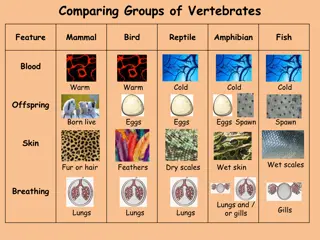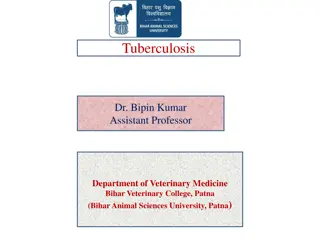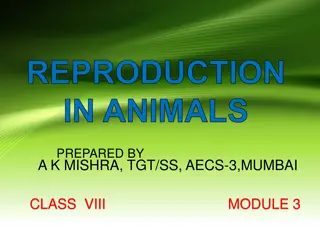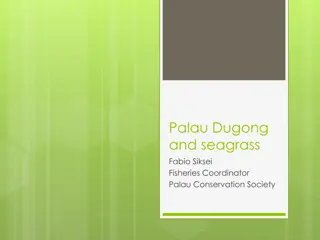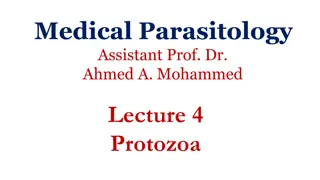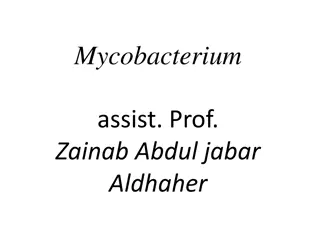Fascinating Facts About Echidnas - Quirks of Egg-Laying Mammals
Echidnas, intriguing egg-laying mammals, have unique traits like quill-covered bodies, backward-facing feet, and a long tongue for catching ants and termites. They are solitary except during breeding season and are known for their low body temperature. Learn more about these fascinating creatures!
Download Presentation

Please find below an Image/Link to download the presentation.
The content on the website is provided AS IS for your information and personal use only. It may not be sold, licensed, or shared on other websites without obtaining consent from the author. Download presentation by click this link. If you encounter any issues during the download, it is possible that the publisher has removed the file from their server.
E N D
Presentation Transcript
Echidna Fun Facts Echidna Fun Facts Echidnas are egg laying mammals Echidna quills are modified hairs Echidnas are solitary except for the breeding season (July September) The echidna has a low body temperature (30 - 32 C / 86 - 90 F). Body temperature may fall as low as 5 C /41 F The echidna tongue is 17cm or 7 inches long Echidnas have backward facing feet for Echidnas have up to 2,000 electroreceptors on their snouts digging
Short-beaked Echidna Long-beaked Echidna - Critically endangered Two types of echidna Two types of echidna Currumbin Wildlife Sanctuary has worked with the University of Queensland over the past 15 years focusing on echidna reproduction. This collaboration will assist with the long-term goal of saving the critically endangered Long- beaked Echidna of Papua New Guinea.
Short Short- -beaked echidna egg beaked echidna egg Egg An egg detected in the echidna uterus A freshly laid echidna egg Echidna eggs are roughly the same size as an Australian 5c coin!
Body covered in sharp quills for protection Short-beaked echidna anatomy Ears with no external flaps have excellent hearing Large brain relative to other mammals Small eyes with poor vision Strong snout for foraging and a long, sticky tongue for catching ants and termites Large claws for digging and tearing open termite mounds Backwards facing rear feet for digging


